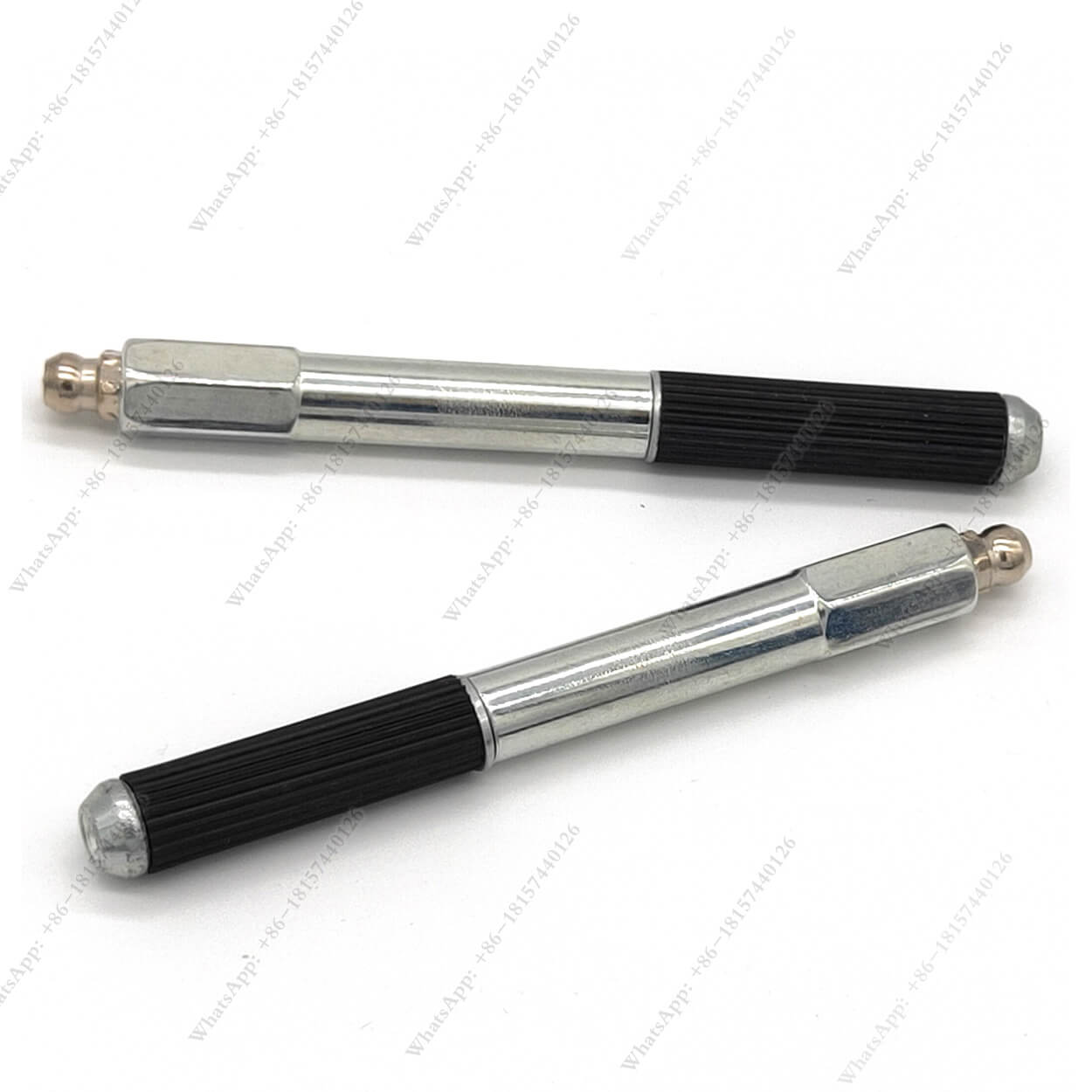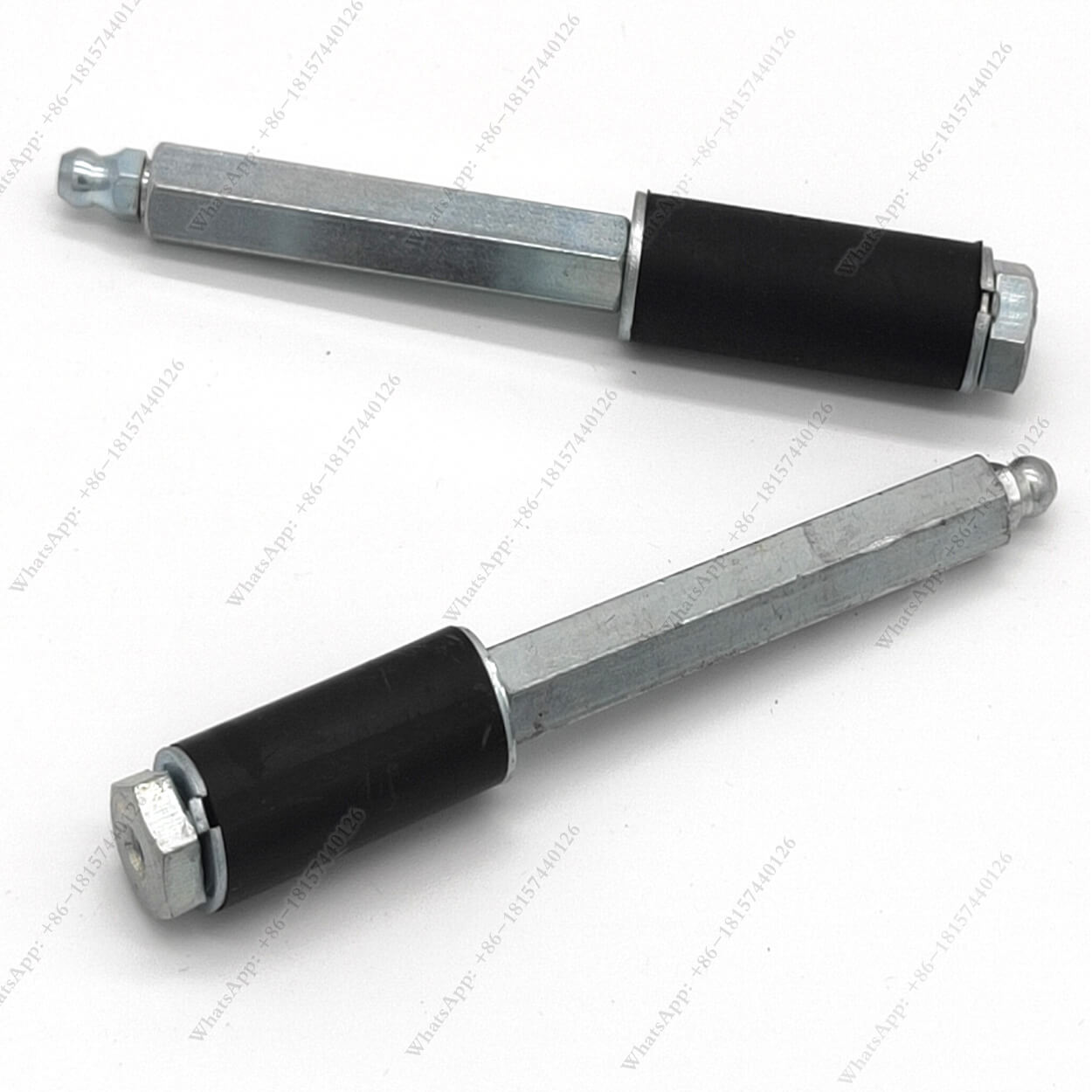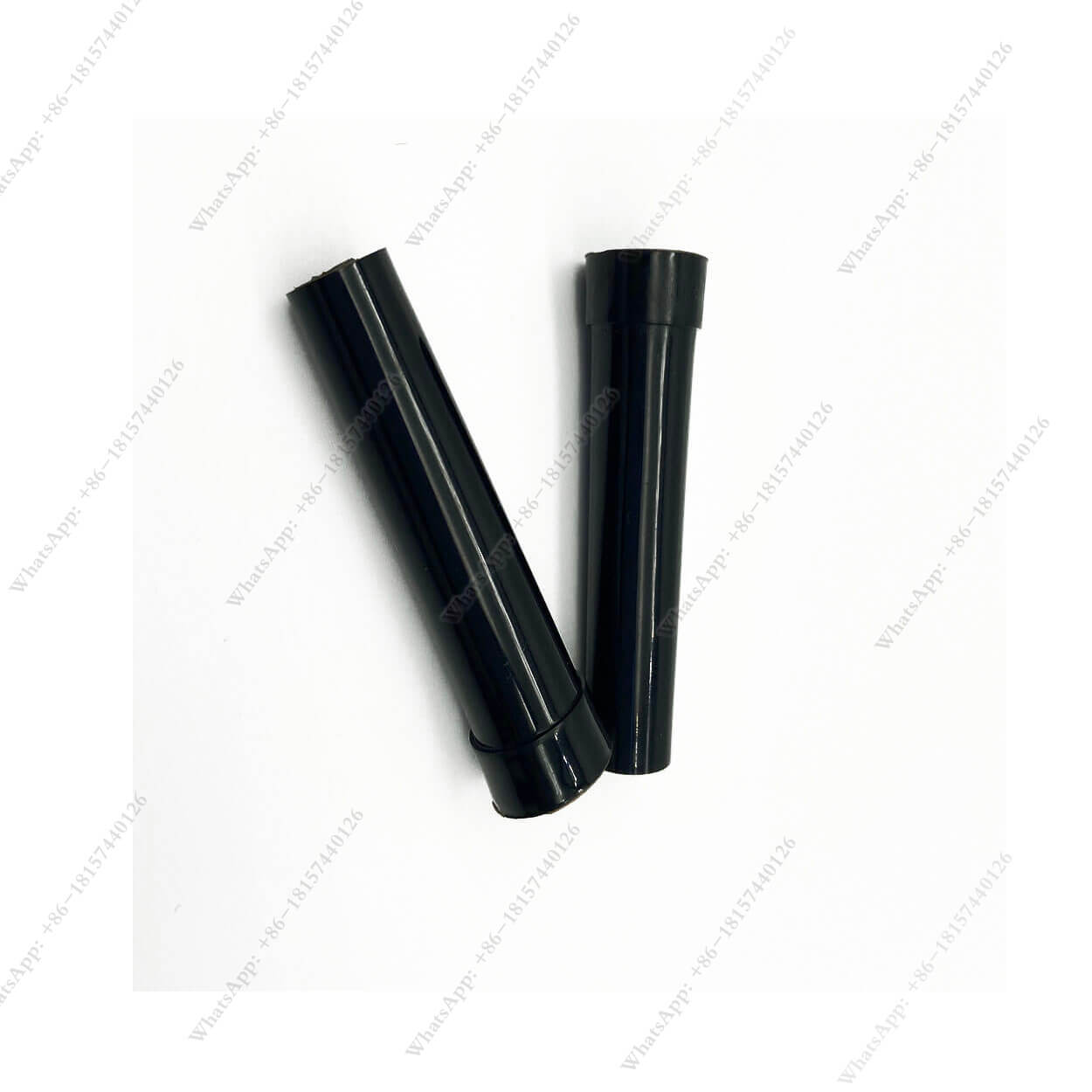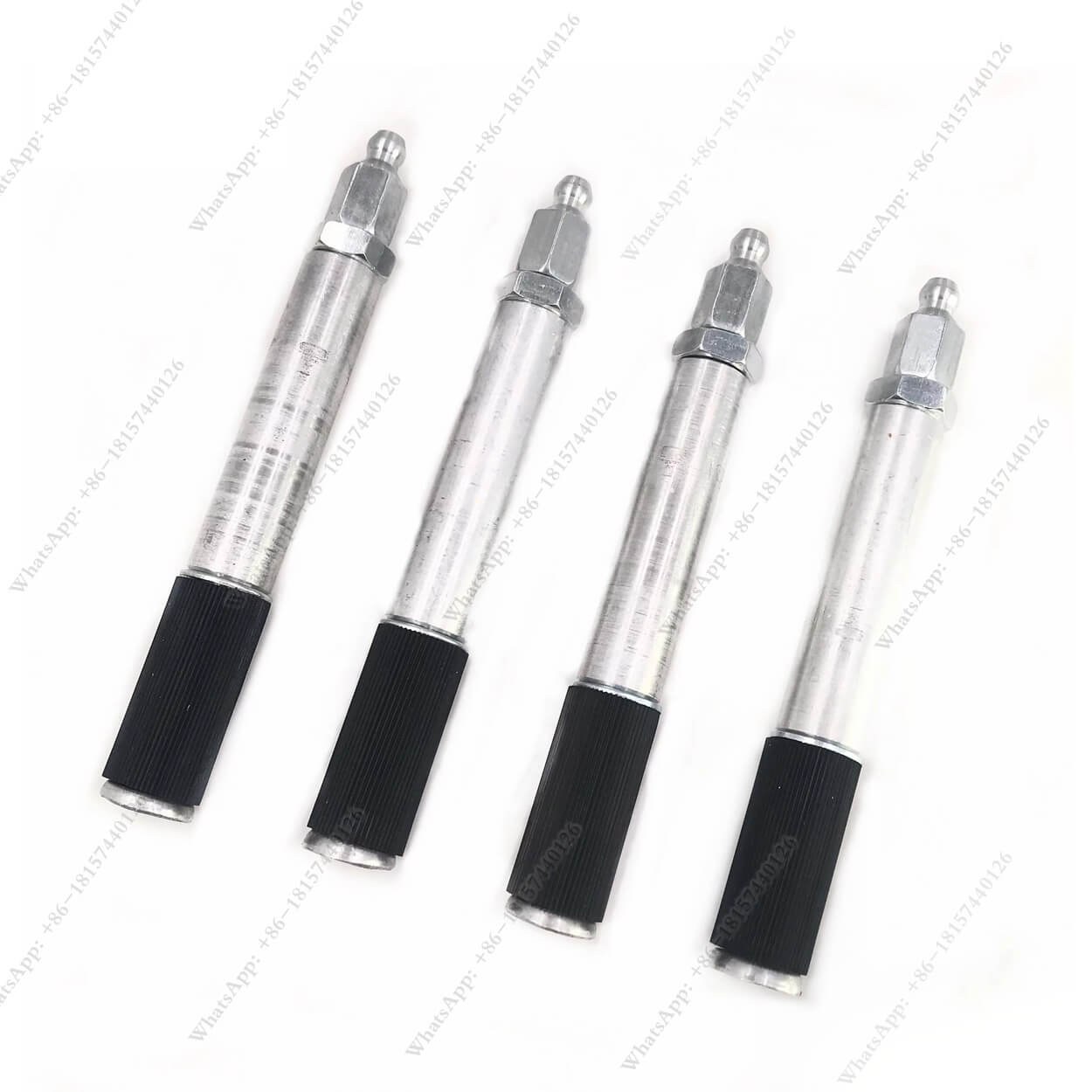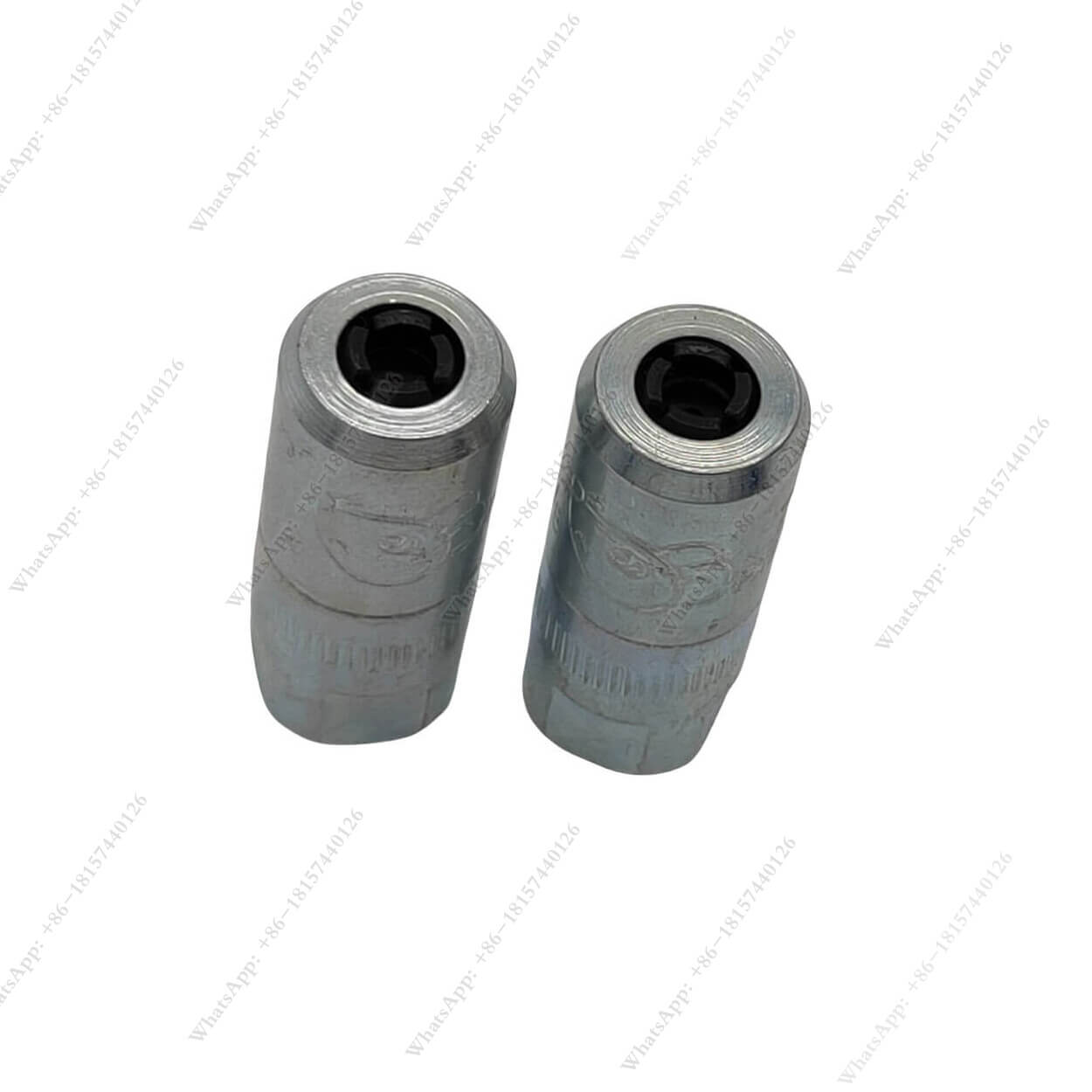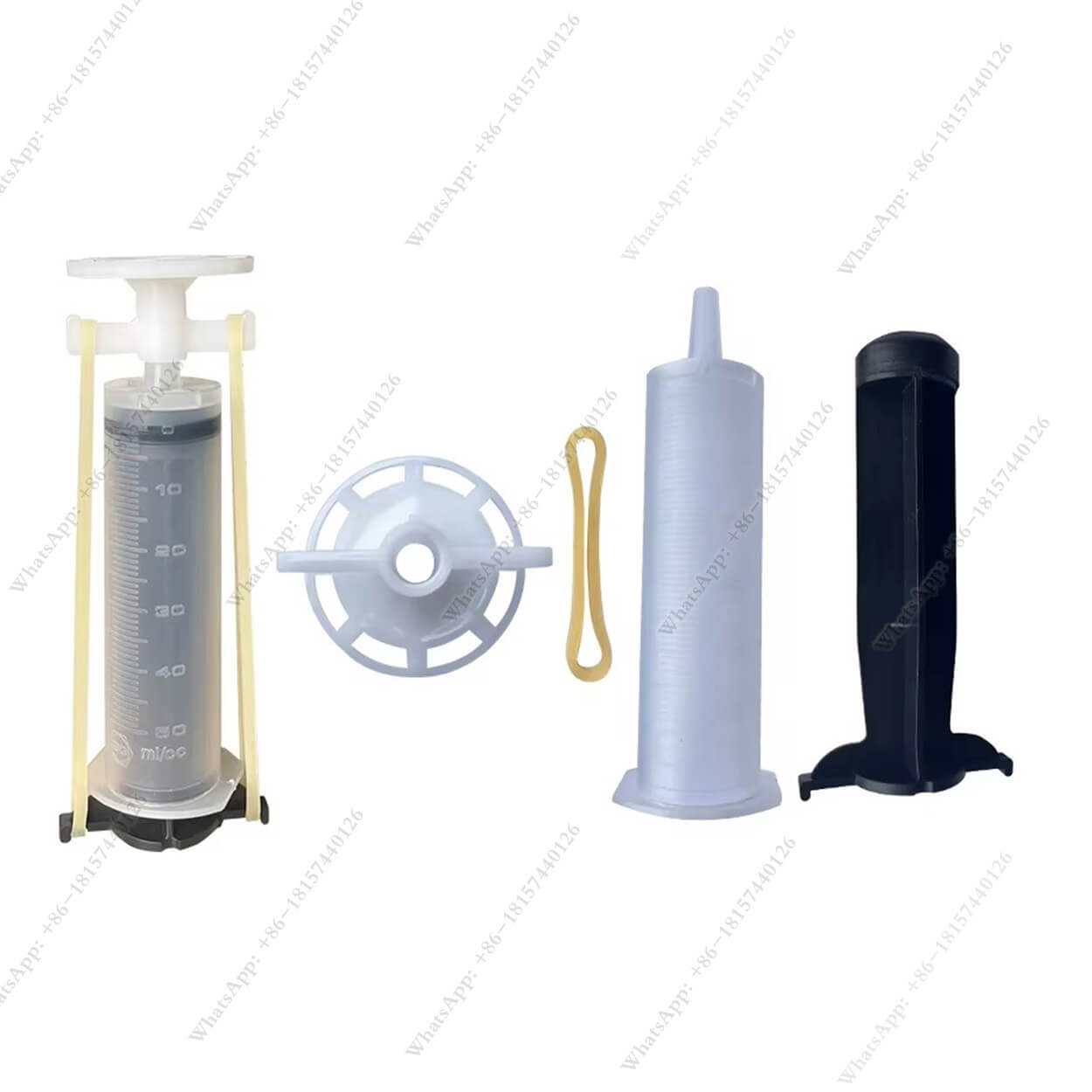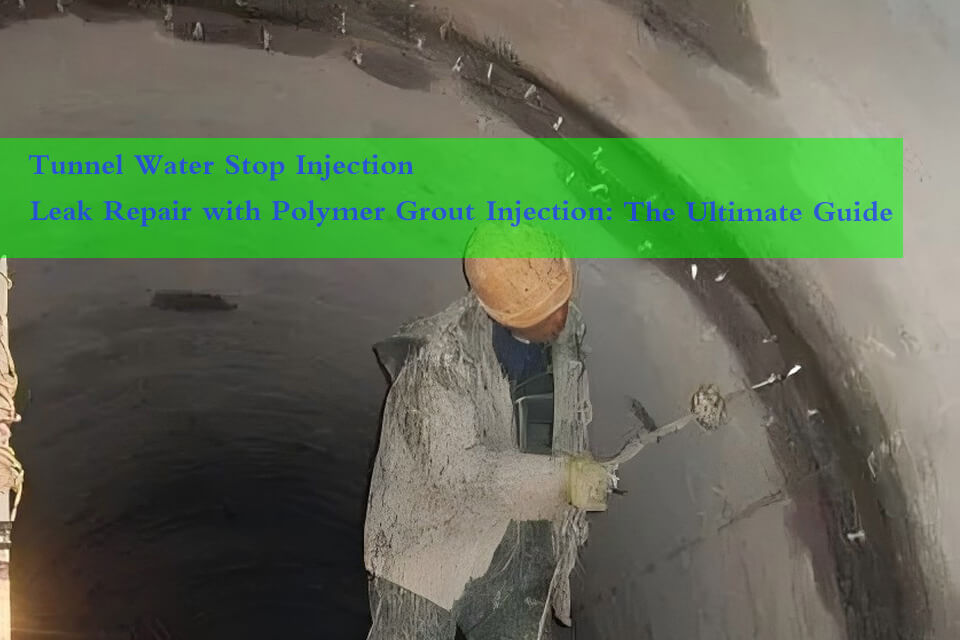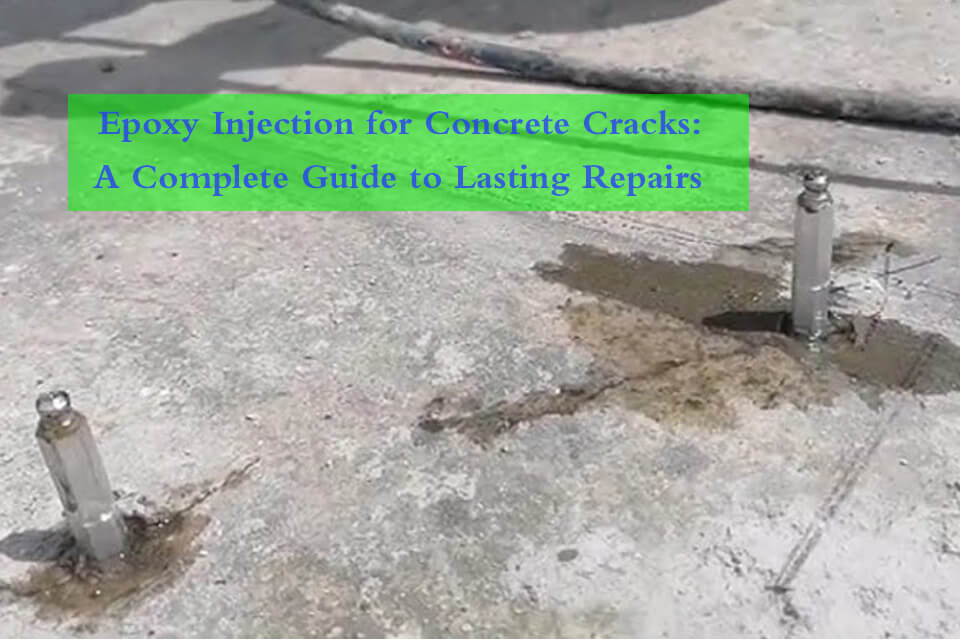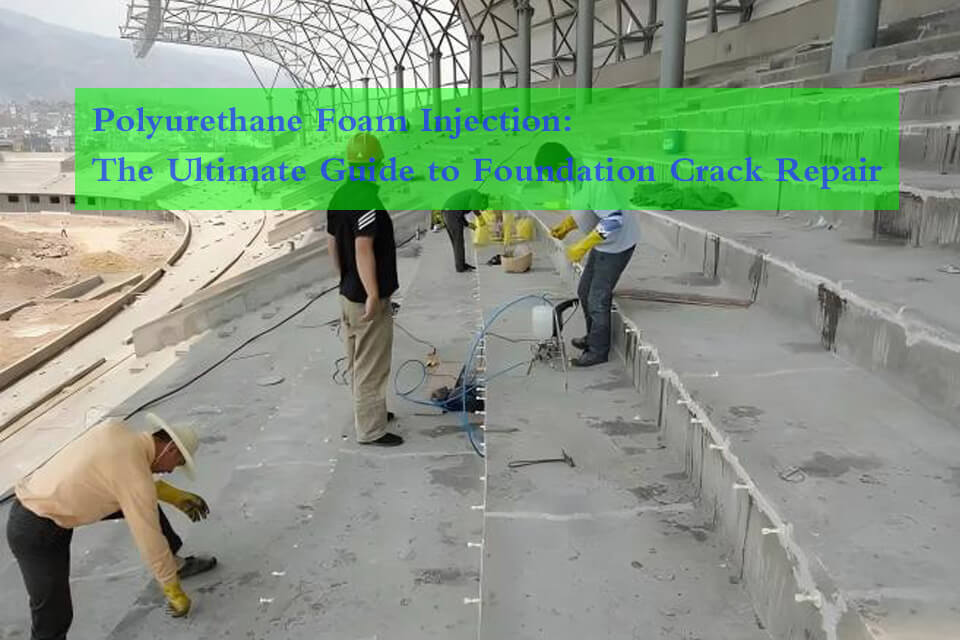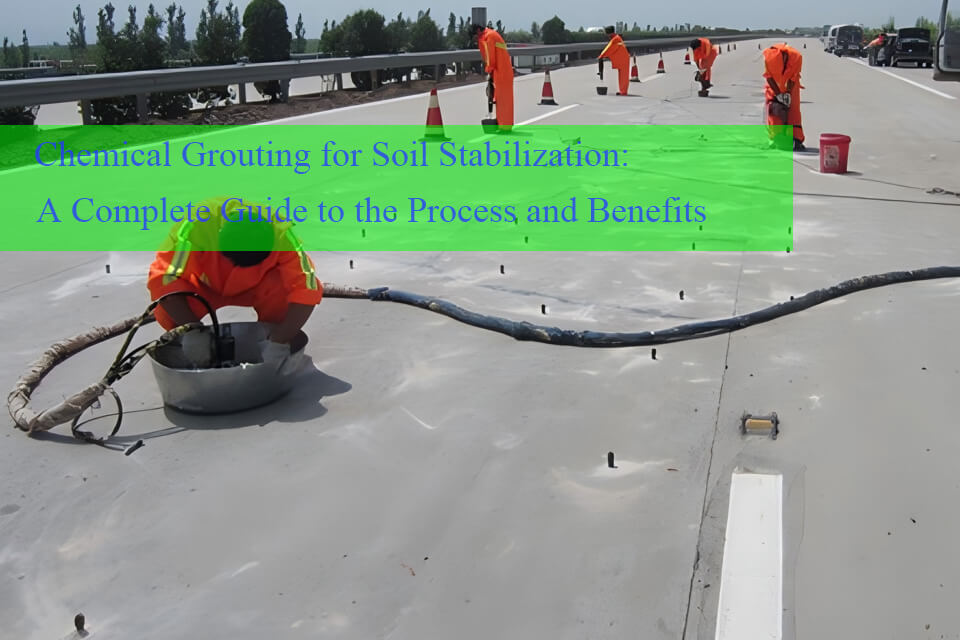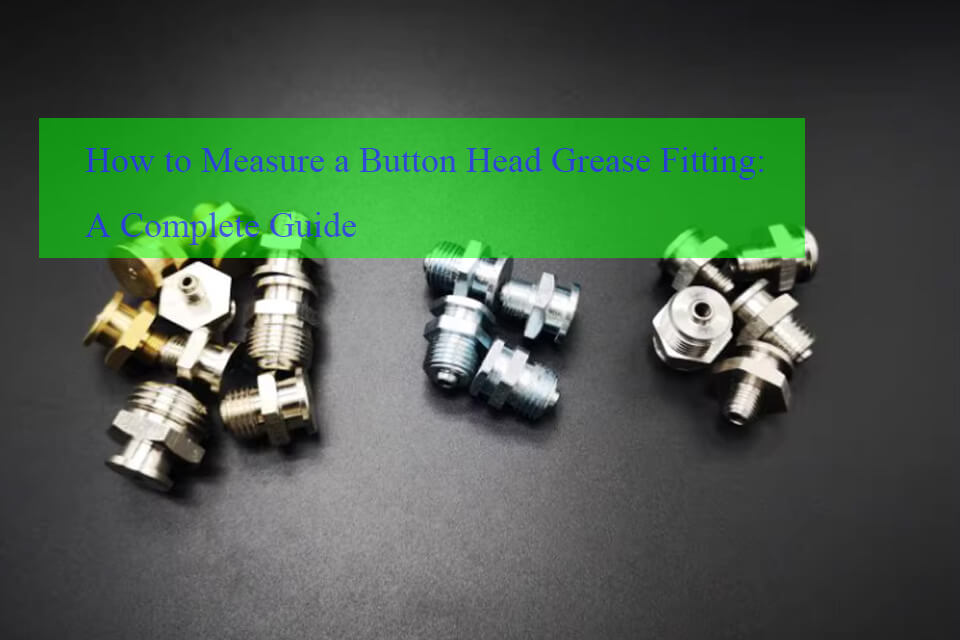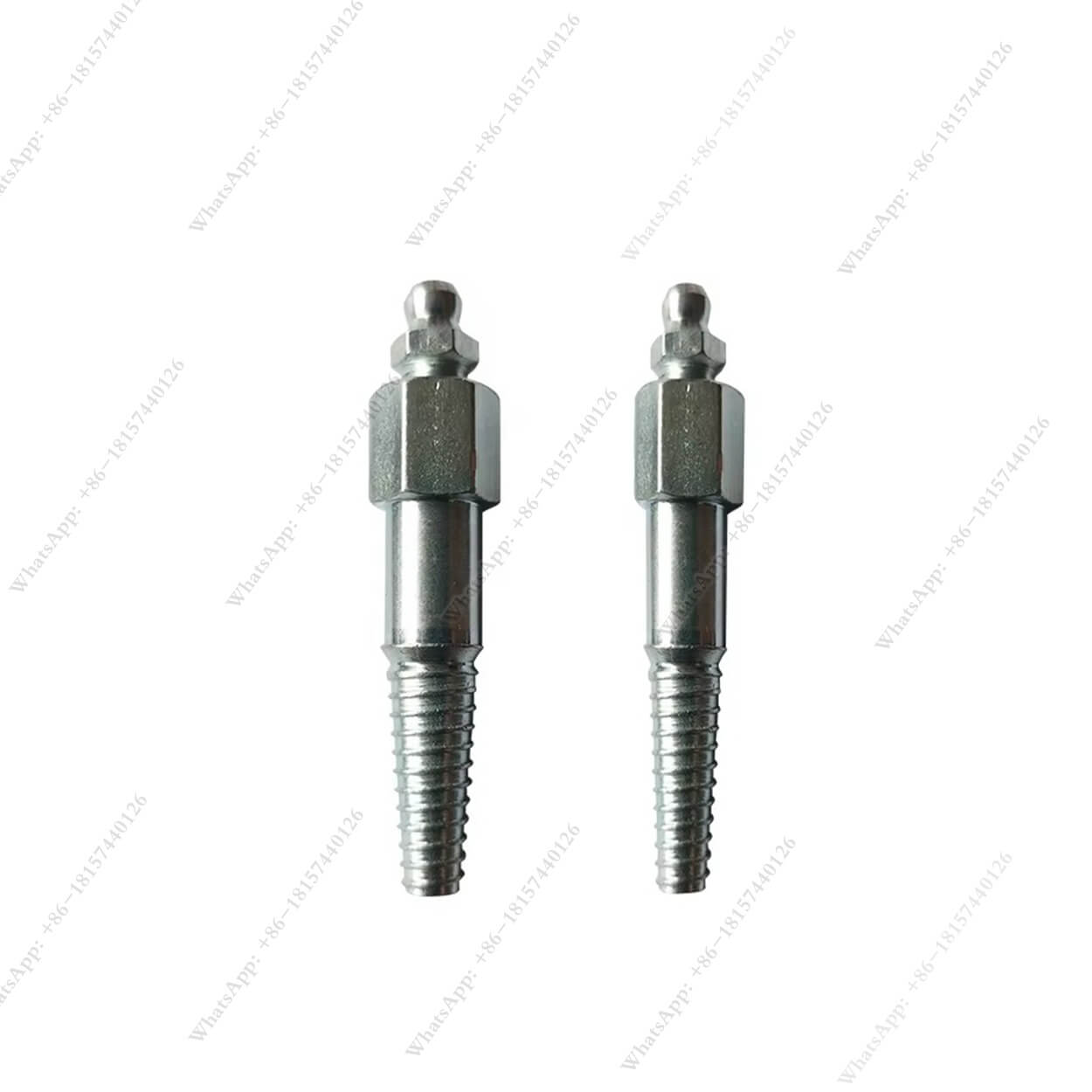
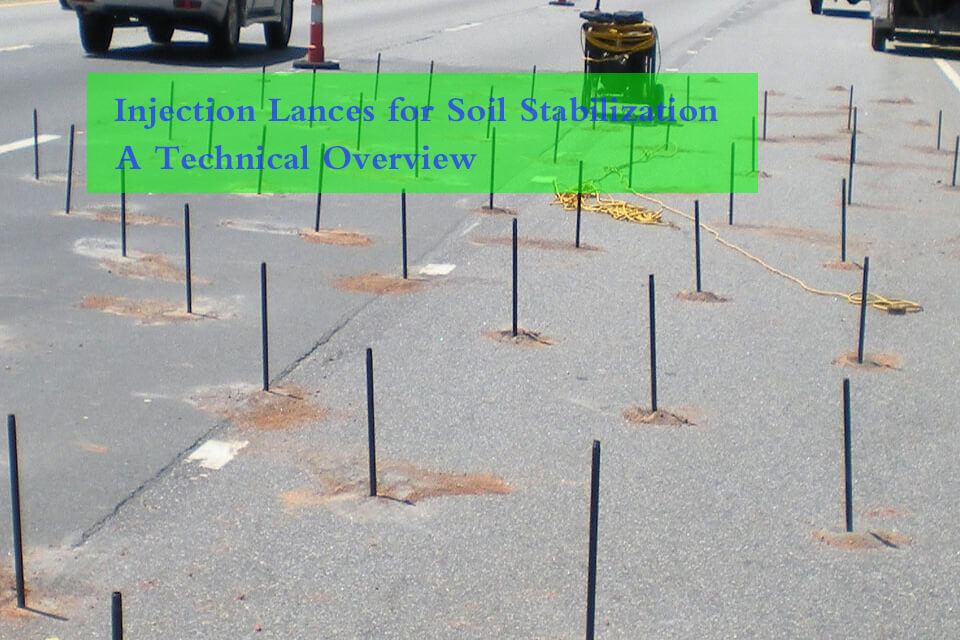
Injection Lances for Soil Stabilization: A Technical Overview
Injection lances are essential tools for soil stabilization and ground reinforcement, designed to improve the structural integrity of the soil by injecting stabilizing agents at precise depths.
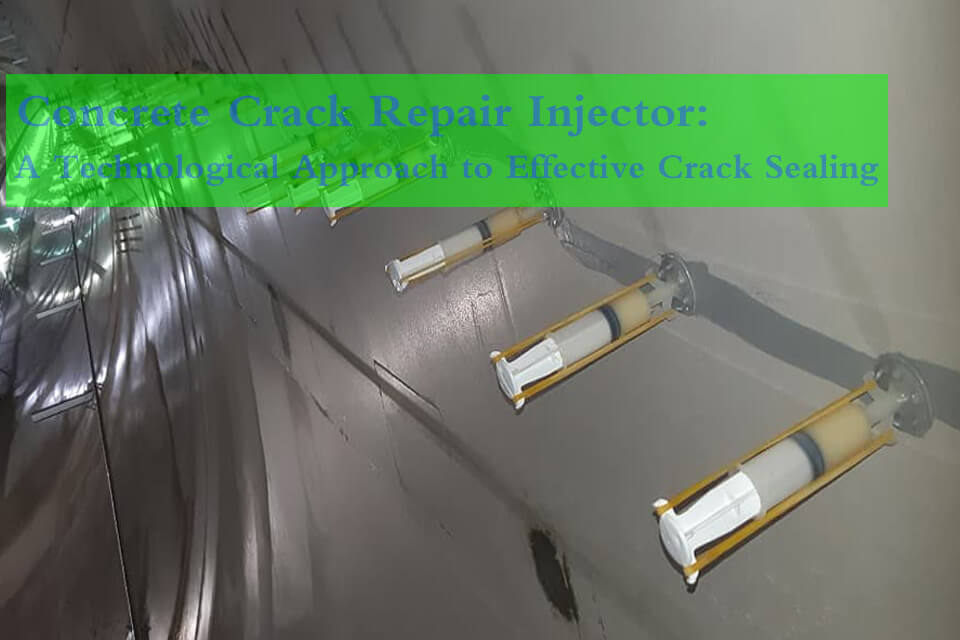
Concrete Repair: The Innovative Concrete Crack Repair Injector
The Concrete Crack Repair Injector is a self-contained, high-efficiency device designed specifically for the repair of cracks in concrete structures.
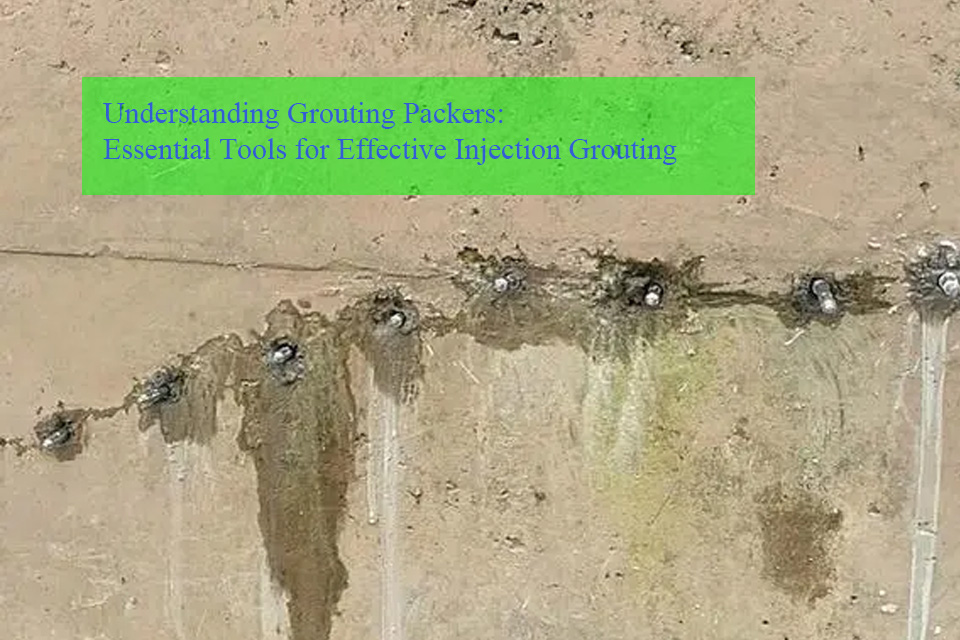
Understanding Grouting Packers: Essential Tools for Effective Injection Grouting
Injection packers play a vital role in the grouting process, enabling precise injection of grouting materials into cracks, joints, and voids within structures.

